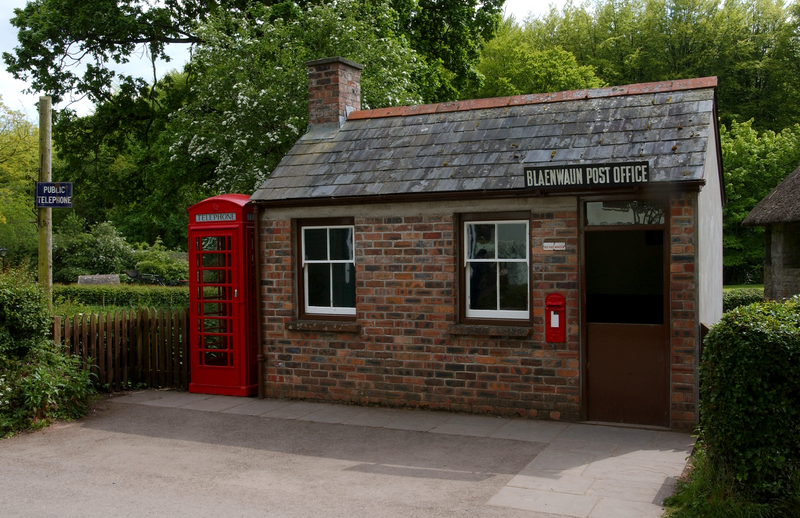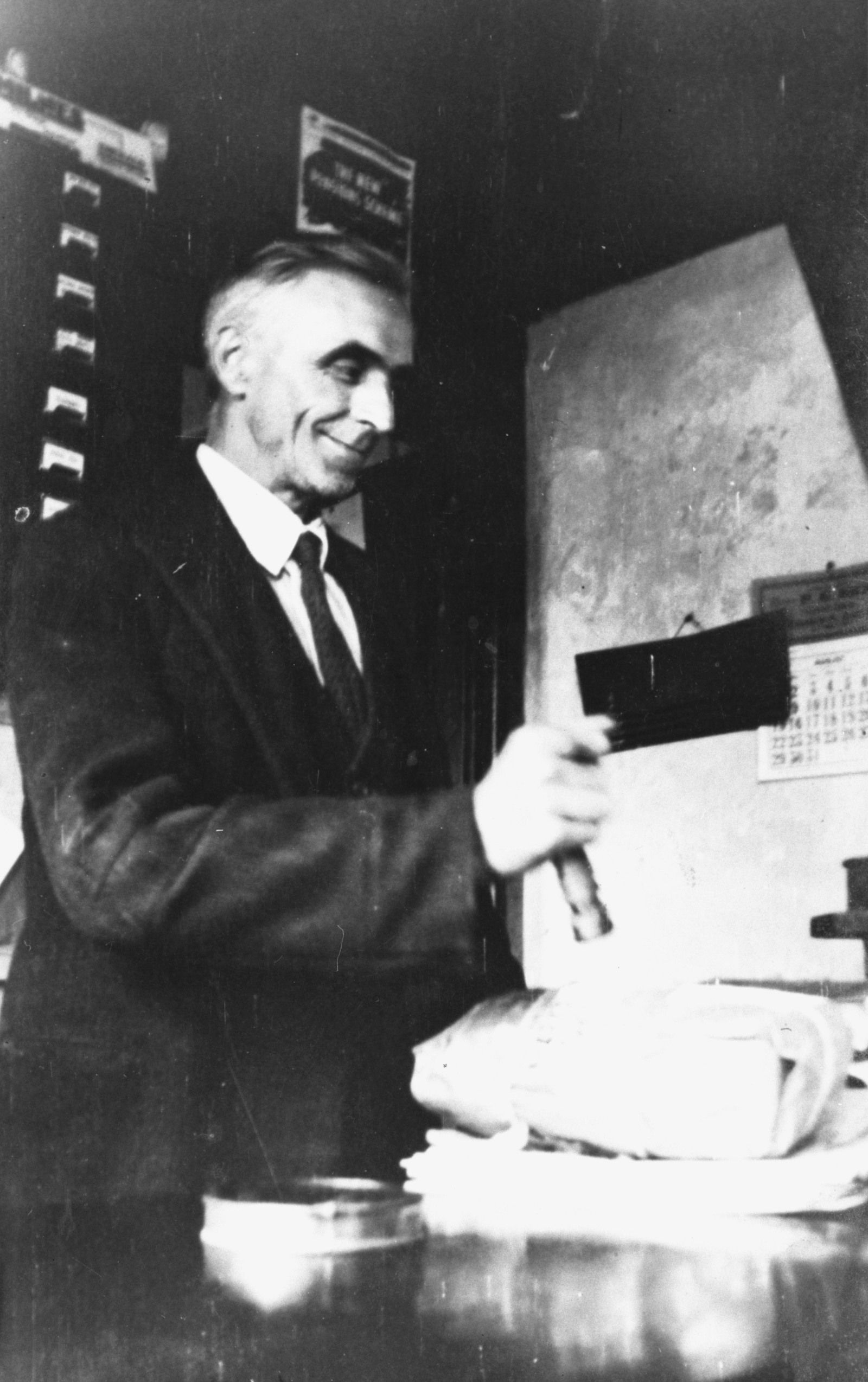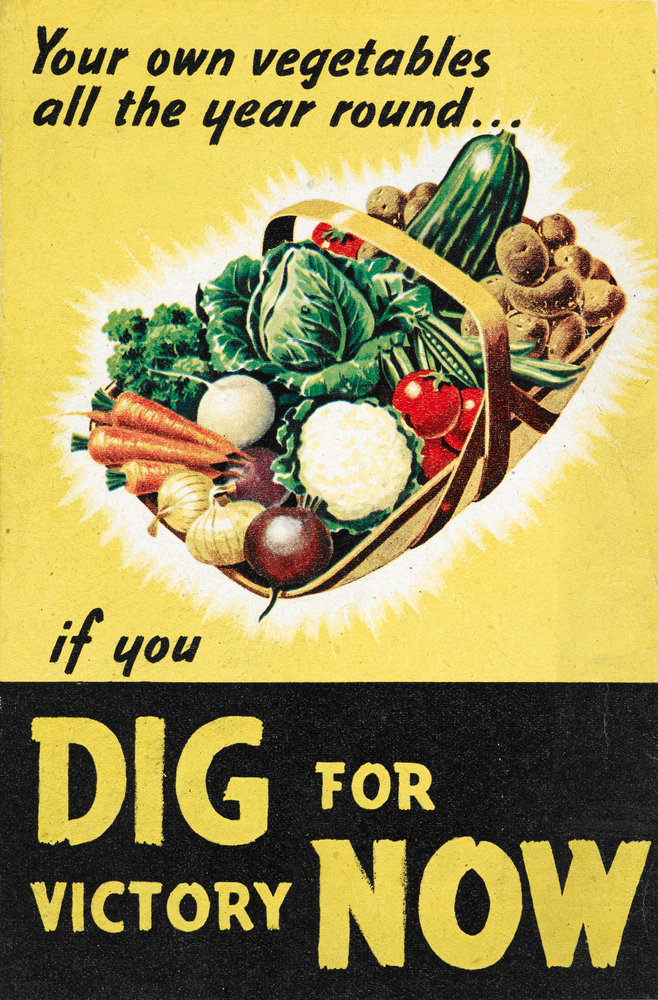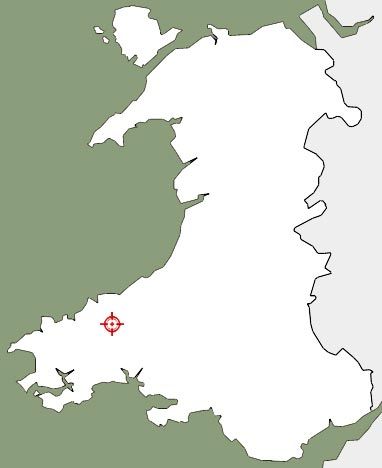Blaen-waun Post Office

What type of building is this?
Blaenwaun is probably the smallest village post office in Wales.
It was originally built in 1936 near Whitland, Dyfed by Evan Isaac who was a stonemason and his cousin David Williams, a carpenter.
The building measured just 5m long by 2.9m wide and was divided into two rooms – the serving room with a counter and the sorting room with a fireplace and bench.
In those days, post offices were totally unlike the large buildings we find in towns and cities today. They were usually found in a corner of the village store or the front room of a house. Like many of them, Blaenwaun sold a variety of items such as stamps, postal orders, licences and savings certificates.
A small post box is on the wall outside where people could post their letters.
Blaenwaun was moved to St. Fagans Museum in 1992.
Who worked in Blaenwaun?
Mrs. Hannah Beatrice Griffiths who was Evan’s daughter was the postmistress here. The post would arrive early in the morning from Whitland and be sorted in the back room.
Beatrice would then travel eight miles on her bicycle to local farms and cottages to deliver the post and newspapers. These would be carried in a basket on her bicycle.
She would then return to the Blaenwaun and work behind the counter serving customers. This of course was before the use of post office vans which came later.
Beatrice was married to Thomas who helped her in the post office, often mending radios for local people in the sorting room. The batteries and wires for the radios can still be seen in Blaenwaun today.

The couple also ran the Lamb Inn which was the local pub opposite the post office.
Customers who arrived at the post office while Beatrice and Thomas were working in the pub would press a bell on the counter which rang a bell behind the bar. We can imagine them knowing everyone and everything that happened in the village!
The importance of Blaenwaun for local people
Few people in the war years had television or telephones so local people would rely on the post office to give them news. There was a telephone on the counter of Blaenwaun for customers and later a telephone box was built outside.
During the Second World War, as in most areas of Britain, there was a branch of the Home Guard in Whitland. This was made up of local men who volunteered their services to help with the war effort. In Blaenwaun there was a War Department Receiver for urgent messages in the event of a local emergency. The Home Guard would meet outside Blaenwaun if they received such news.
There were many evacuees in the area. These were mainly children who lived in cities and towns, and they were moved to the countryside which was thought safer for them. They would visit Blaenwaun in the hope of receiving letters from their families at home.
Did you know?
Posters were used during the war give customers information about what was happening and to remind them to help their country in wartime. This is known as propaganda as it was written to influence how people thought.

One propaganda poster in Blaenwaun tells us to ‘dig for victory’. This shows advice from the Minister of Food and tells people not to waste food and grow their own. Remember that this was in the days before we were told to recycle food products.
During the war food was rationed and people were given ration books which specified how much food they could have each week.
Swansea was about 60 miles away from Blaenwaun and when bombs were dropped on the city, the windows in the South Wales valleys used to shake.
Beatrice remembered seeing the bombing – ‘We were out over there looking at the fire burning in Swansea… the sky was red’.

Building facts:
- Original Location: Blaen-waun, Whitland, Carmarthenshire
- Date originally built: 1936
- Furnished: 1940
- Dismantled and moved to St Fagans: 1992
- Date opened to the public: 1993
- Visiting information